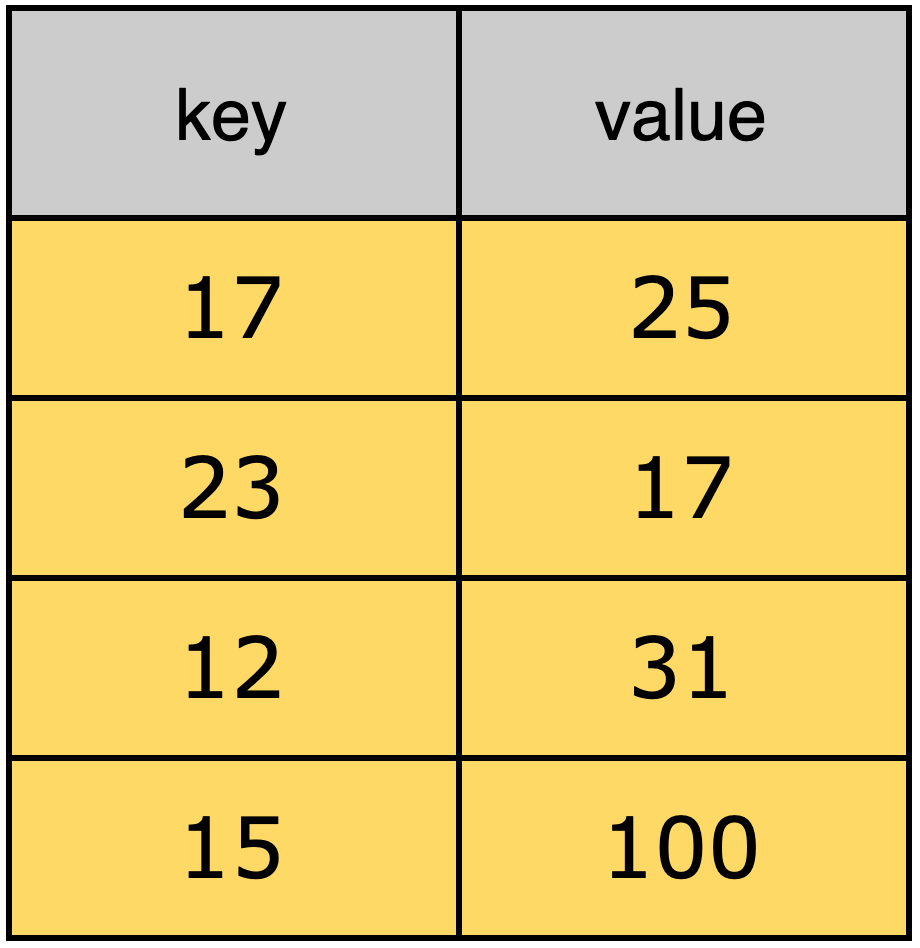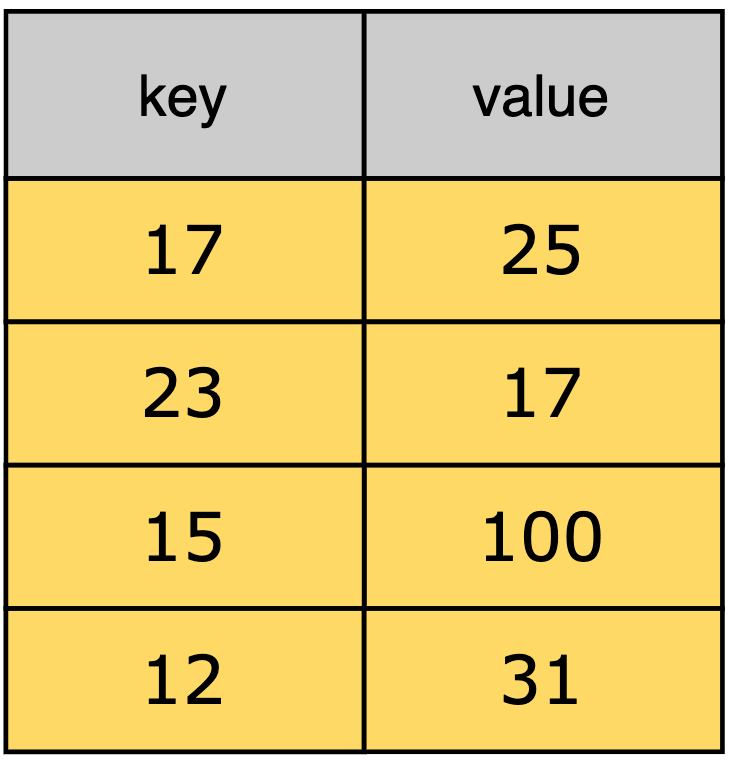Implement LRU Cache
Try to solve the LRU Cache cache problem.
Statement
Implement an LRU cache class with the following functions:
- Init(capacity): Initializes an LRU cache with the capacity size.
- Set(key, value): Adds a new key-value pair or updates an existing key with a new value.
- Get(key): Returns the value of the key, or if the key does not exist.
If the number of keys has reached the cache capacity, evict the least recently used key and then add the new key.
As caches use relatively expensive, faster memory, they are not designed to store very large data sets. Whenever the cache becomes full, we need to evict some data from it. There are several caching algorithms to implement a cache eviction policy. LRU is a very simple and commonly used algorithm. The core concept of the LRU algorithm is to evict the oldest data from the cache to accommodate more data.
Constraints:
- capacity
- key
- value
- At most calls will be made to Set and Get.
Examples
Understand the problem
Let’s take a moment to make sure you've correctly understood the problem. The quiz below helps you check if you're solving the correct problem:
Implement LRU Cache
Suppose we have a cache with a capacity of 4. It has the keys shown below. The keys are shown sorted by age - oldest at the top, newest at the bottom. What is the new state of the cache, if we set a new pair with the following inputs?
key = 15
value = 100
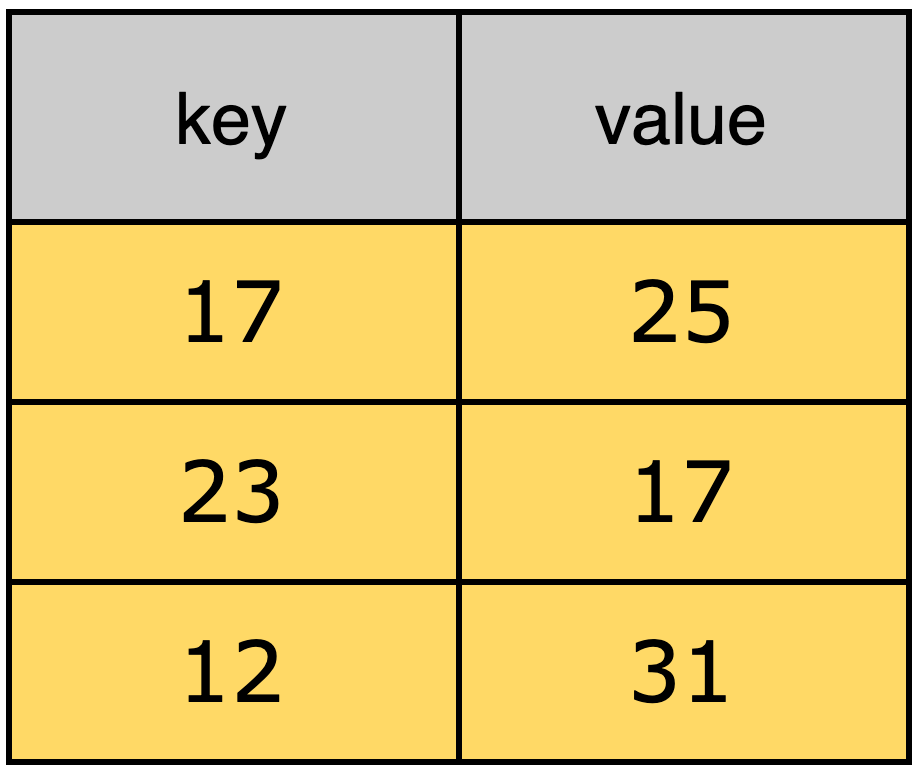
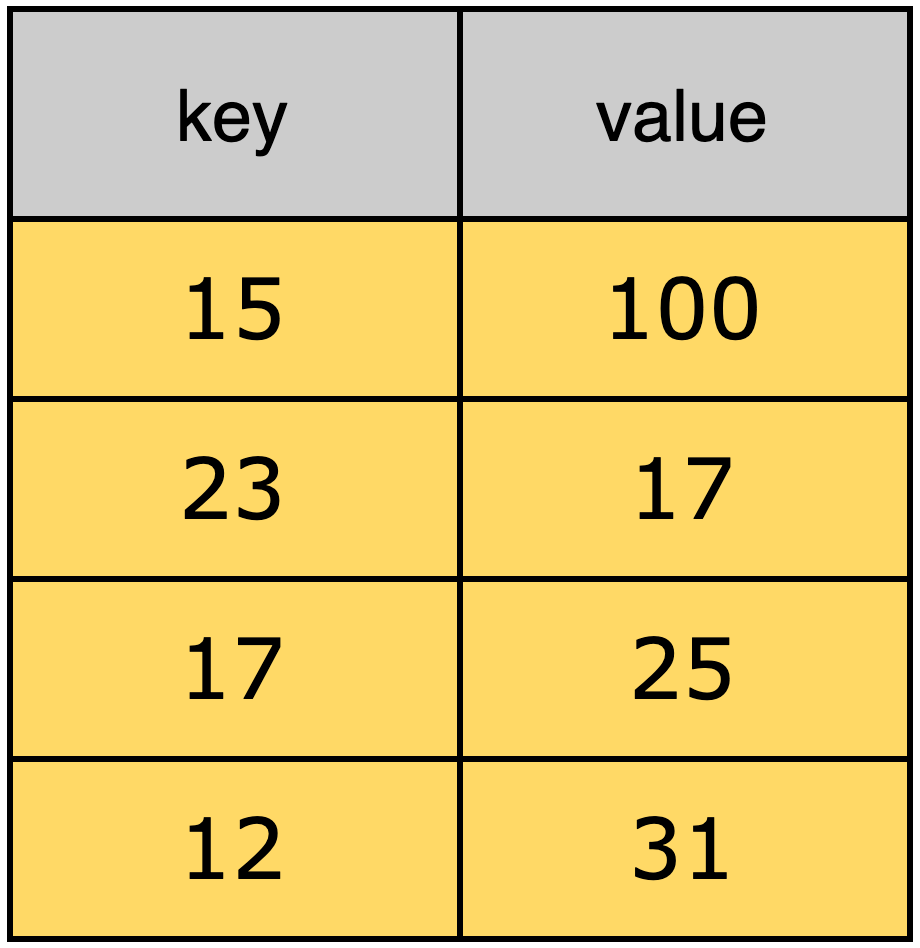
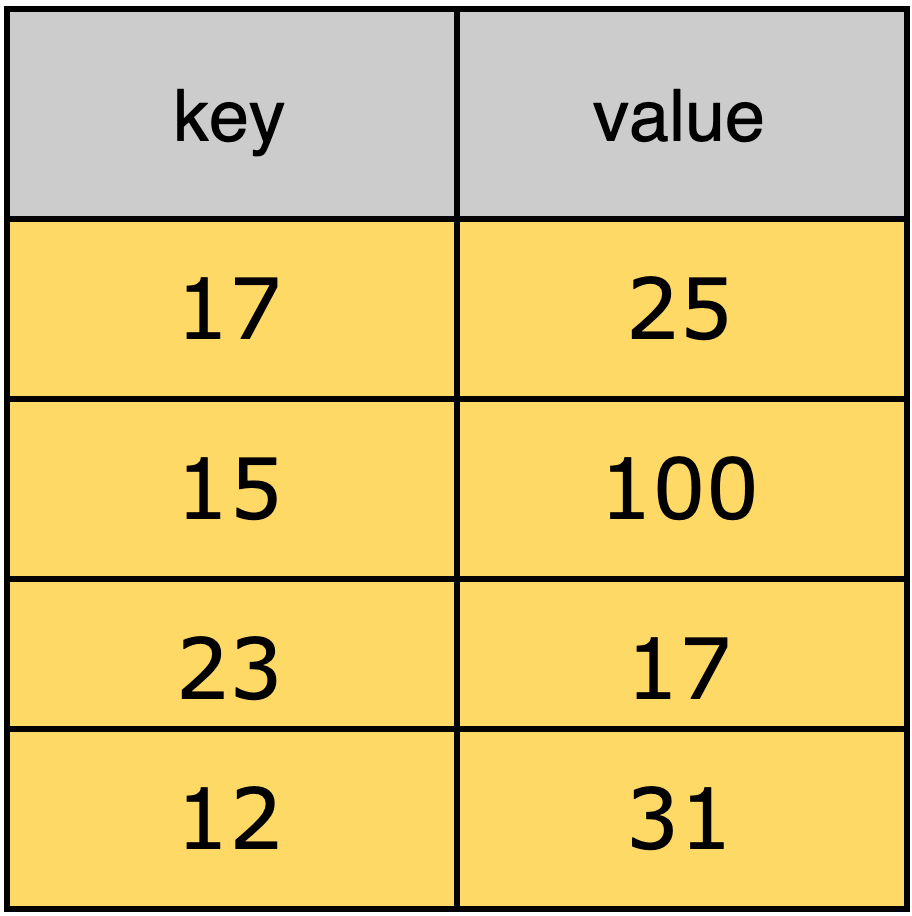
Figure it out!
We have a game for you to play. Rearrange the logical building blocks to develop a clearer understanding of how to solve this problem.
Note: Focus on setting the value and then getting the value.
Try it yourself
Implement your solution in main.py in the following coding playground. You'll need the provided supporting code to implement your solution.
# Definition for a Linked List node# class LinkedListNode:# def __init__(self, pair):# self.second = pair[1]# self.first = pair[0]# self.pair = pair# self.next = None# self.prev = None# We will use a linkedlist of a pair of integers# where the first integer will be the key# and the second integer will be the valuefrom linked_list import LinkedListclass LRUCache:def __init__(self, capacity):# Write your code herepassdef get(self, key):# Replace this placeholder return statement with your codereturn -1def set(self, key, value):# Write your code herepass
